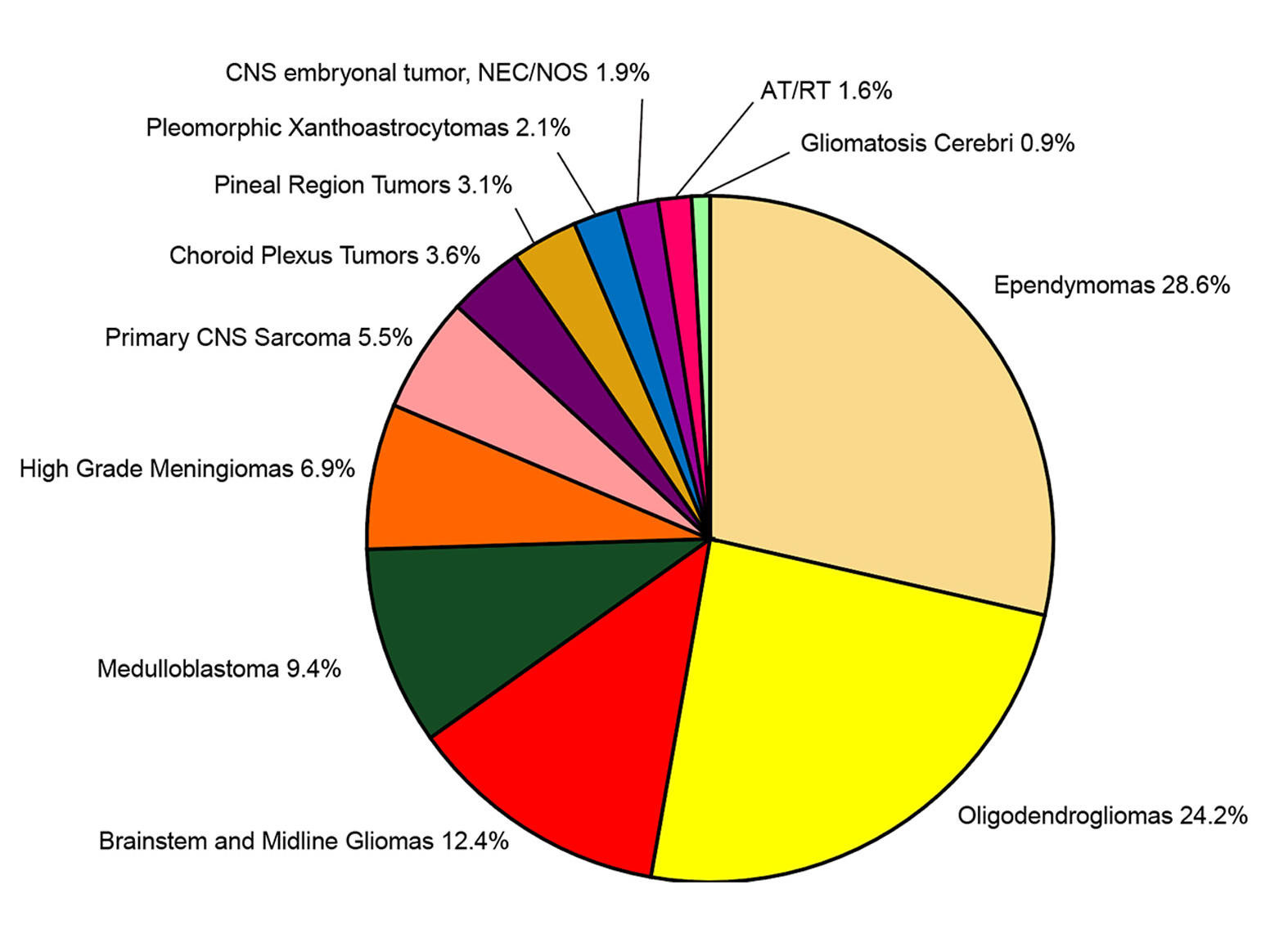Scientists are one step closer to solving the mystery of humanity's last great extinction: why the Neanderthals died off. The Neanderthals are our closest ancient human relatives. But around 40,000 years ago, the last of them mysteriously disappeared. Now, a recent study that analyzed the DNA from one of the last of these ancient humans is giving scientists clues about why they vanished while modern humans continued to thrive.
Tens of thousands of years ago, a Neanderthal nicknamed Thorin lived in southeastern France, not long before his species went extinct. His remains were first discovered in 2015 and sparked a debate between archaeologists, who dated him to between 50,000 to 42,000 years old, and geneticists, who insisted his DNA showed he was closer to 100,000 years old. The discrepancy launched a seven-year investigation, culminating in a recent study in which geneticists looked at a handful of Neanderthals' DNA from around the world and compared them to Thorin's DNA, starting with the assumption that he was 50,000 years old instead of 100,000.
"At this time, the geneticists decided to calibrate their own tools and to change everything we knew about all Neanderthals," archaeologist Ludovic Slimak, lead author on the new study published in Cell Genomics, told Business Insider. Namely, that they were all a part of a single homogenous population. Because of how different his DNA was from Neanderthals closer to his age, the researchers realized that Thorin must have belonged to a completely new Neanderthal lineage. They estimated his ancestors' line had split around 103,000 years ago. This explained why Thorin's DNA seemed so much more ancient than his bones. His DNA resembles Neanderthals who lived over 100,000 years ago, but Thorin was 50,000 years younger, according to the recent study.
Thorin’s Lineage and Isolation
What could have caused this genetic split? The researchers suspect that Thorin lived in an isolated community that had little to no contact with other groups from the time they diverged until Thorin's death. That means, people within the community reproduced amongst themselves for more than 50,000 years, spawning a unique lineage distinct from other Neanderthal groups, according to the researchers. As you can imagine, a community isolated for that long will inevitably lead to inbreeding, and the researchers did indeed find evidence of that in Thorin's DNA. The community's isolation also helps explain why Thorin was among the last of the Neanderthals. Inbreeding leads to a lack of genetic diversity, which can make populations more vulnerable to disease, harmful mutations, and environmental changes. While one isolated community can't speak for an entire species, it can point to a key behavior that sheds new light on why these human relatives died out.
Social Isolation and Neanderthal Extinction
"We have this incredible extinction, which is the last great extinction of humanity," Slimak said. Thorin's community wasn't isolated because of geography. They were isolated because they chose to be, Slimak said. "We're facing a border, a social border," he said. In fact, other Neanderthals lived just a couple weeks' walk from Thorin's in the Massif Central around the same time. If Thorin's relatives did ignore their Neanderthal neighbors, that means the group's isolation wasn't only genetic but was also cultural and social, Slimak said. "It's something very important and very central to understanding what was this population and, at the end, why and how they disappeared and they died out," Slimak said. While isolation may have worked for Thorins' ancestors for millennia, eventually their luck ran out. "Their little social network just collapsed onto themselves and just died in a whisper," Slimak said.
The Role of Small, Insular Groups
How universal this isolationist behavior among Neanderthals was is unclear. If resources in the area were scarce, the Neanderthals may have started becoming more insular to protect their own group. "Maybe this idea that one group kept to themselves maybe is not so crazy in that kind of competitive environment," said April Nowell, a Paleolithic archaeologist with the University of Victoria who was not involved with the study. As Neanderthals' numbers dwindled, maintaining smaller and smaller groups would have put their future at risk whenever a family member died. Many experts believe that Neanderthals' small group sizes led to their extinction, which would have made them vulnerable even without added stressors like increased competition from humans.
Meanwhile, modern humans didn't seem to have had the same tendency to form insular communities. Instead, they traveled far and wide and formed large social networks, Slimak said. "We see modern human populations that seem to have these wider social networks and are exchanging genes with potential mates on a wider geographical region," Nowell said. Modern human groups were expanding and becoming more genetically diverse. That made them better equipped to handle any sort of accident or natural disaster, Nowell said. On the other hand, with smaller Neanderthal populations, even losing a handful of breeding-age individuals impacts future generations, she said.
The Importance of Genetic Diversity
"I really do think that the genetic isolation is telling us something interesting about Neanderthals and their challenges and eventually their extinction," Nowell said. The discovery of a Neanderthal named Thorin reveals a previously unknown lineage that diverged from other Neanderthals 100,000 years ago and remained isolated. This finding suggests that Neanderthals were more genetically diverse than previously thought, and their isolation may have played a role in their extinction. A fossilized Neanderthal unearthed in a cave system in France’s Rhône Valley belongs to an ancient, previously unknown lineage that split from other known Neanderthals approximately 100,000 years ago and remained genetically isolated for over 50,000 years. Genomic analysis reveals that this Neanderthal, dubbed “Thorin” after the Tolkien character, lived between 42,000 and 50,000 years ago in a small, isolated population. The discovery, published in the Cell Press journal Cell Genomics, could shed light on the still-enigmatic reasons for the species’ extinction and suggests that late Neanderthals had more population structure than previously thought.
“Until now, the story has been that at the time of the extinction there was just one Neanderthal population that was genetically homogeneous, but now we know that there were at least two populations present at that time,” says first author and population geneticist Tharsika Vimala of the University of Copenhagen. “The Thorin population spent 50,000 years without exchanging genes with other Neanderthal populations,” says co-first author and discoverer of Thorin, Ludovic Slimak, CNRS researcher of Université Toulouse Paul Sabatier. “We thus have 50 millennia during which two Neanderthal populations, living about ten days’ walk from each other, coexisted while completely ignoring each other. This would be unimaginable for a Sapiens and reveals that Neanderthals must have biologically conceived our world very differently from us Sapiens.” Thorin’s fossilized remains were first discovered in 2015 in Grotte Mandrin—a well-studied cave system that also housed early Homo sapiens, though not at the same time—and he is still being slowly excavated. Based on Thorin’s location within the cave’s sediment, the team’s archeologists suspected that he lived around 40–45,000 years ago, making him a “late Neanderthal.” To determine his age and relationships with other Neanderthals, the team extracted DNA from his teeth and jaw and compared his full genome sequence to previously sequenced Neanderthal genomes.
The Thorin Enigma
Surprisingly, the initial genomic analysis suggested that Thorin was much older than the archeological age estimate because his genome was very distinct from other late Neanderthals and much more closely resembled the genomes of Neanderthals who lived more than 100,000 years ago. “We worked for seven years to find out who was wrong—archeologists or genomicists,” says Slimak. To solve this riddle, the researchers analyzed isotopes from Thorin’s bones and teeth to gain insight into what type of climate he lived in—late Neanderthals lived during the Ice Age, while early Neanderthals enjoyed a much warmer climate. The isotopic analysis showed that Thorin lived in a very cold climate, making him a late Neanderthal. “This genome is a remnant of some of the earliest Neanderthal populations in Europe,” says population geneticist and senior author Martin Sikora of the University of Copenhagen. “The lineage leading to Thorin would have separated from the lineage leading to the other late Neanderthals around 105,000 years ago.”
A Missing Mediterranean Population
Compared to previously sequenced Neanderthal genomes, Thorin’s genome most closely resembled an individual excavated in Gibraltar, and Slimak speculates that Thorin’s population migrated to France from Gibraltar. “This means there was an unknown mediterranean population of Neanderthals whose population spanned from the most western tip of Europe all the way to the Rhône Valley in France,” says Slimak.
The Downside of Isolation
Knowing that Neanderthal communities were small and insular could be key to understanding their extinction because isolation is generally considered to be a disadvantage for population fitness. “It’s always a good thing for a population to be in contact with other populations,” says Vimala. “When you are isolated for a long time, you limit the genetic variation that you have, which means you have less ability to adapt to changing climates and pathogens, and it also limits you socially because you’re not sharing knowledge or evolving as a population.” However, to really understand how Neanderthal populations were structured and why they went extinct, the researchers say that more Neanderthal genomes need to be sequenced. “I would guess that if we had more genomes from other regions during this similar time period, we would probably find other deeply structured populations,” says Sikora.
The Last Whisper of a Unique Lineage
The discovery of Thorin's isolated lineage and the potential link to the Neanderthals' extinction is a powerful reminder that our understanding of the past is constantly evolving. As we continue to delve deeper into the mysteries of our ancient ancestors, we gain a greater appreciation for the intricate web of factors that have shaped the course of human evolution.
The new findings, combined with previous research, suggest that Neanderthals were not a monolithic species, but rather a diverse group with unique adaptations and social structures. Thorin's story is a poignant reminder of the fragility of life and the importance of genetic diversity for species survival. While we may never fully understand the reasons for the Neanderthals' extinction, the ongoing research is shedding light on the complex factors that contributed to their demise. We can only hope that the lessons learned from the Neanderthals will help us better understand the challenges facing humanity in the present day.


















